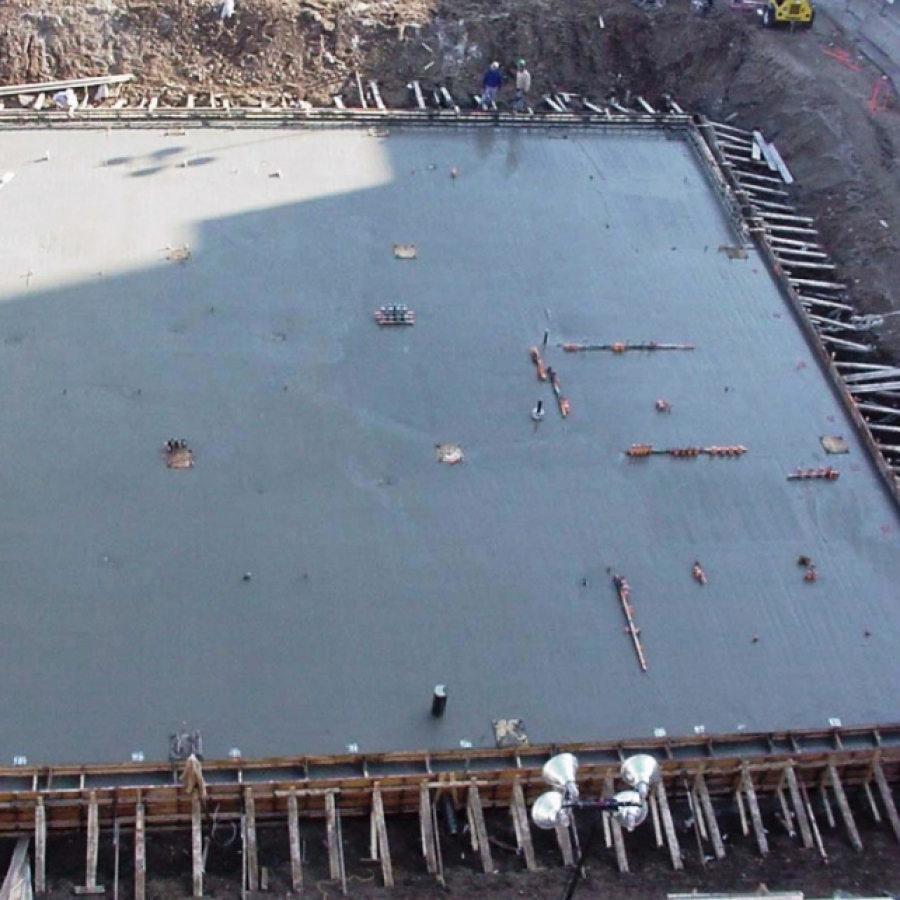Slab-on-Grade Foundation Moisture and Air Leakage Control
Written by
The U.S. Department of Energy's Office of EERE
To maximize your home's energy efficiency and to protect the foundation, you should use the following moisture and air leakage control techniques when installing slab-on-grade floors:

-
Keep all untreated wood materials away from the earth.

- Install well-designed guttering and downspouts that are connected to a drainage system, which diverts rainwater completely away from the house.
- Add a sill gasket membrane between the slab and bottom plate to provide air sealing.
- Install a protective membrane (such as rubberized roofing material or ice-dam protection membranes) to serve as a capillary break that reduces wicking of water up from the foundation. This membrane can also serve as a termite shield.
- Install a foundation drain directly beside the bottom of the footing. The foundation drain assembly includes a filter fabric, gravel, and a perforated plastic drain pipe typically 4 inches in diameter. Locate the drain beside the footing, not on top, to avoid water flowing against the seam between the footing and the foundation wall, and to prevent wicking from a web footing through the stem wall.
- Install a capillary break and moisture barrier under the slab floor, consisting of a layer of 10-mil polyethylene vapor diffusion retarder placed over at least 4 inches of gravel.
Article source: The U.S. Department of Energy’s Office of Energy Efficiency and Renewable Energy (EERE). For the most up-to-date information please visit the EERE website.
Published in
07 25 00 Weather Barriers
